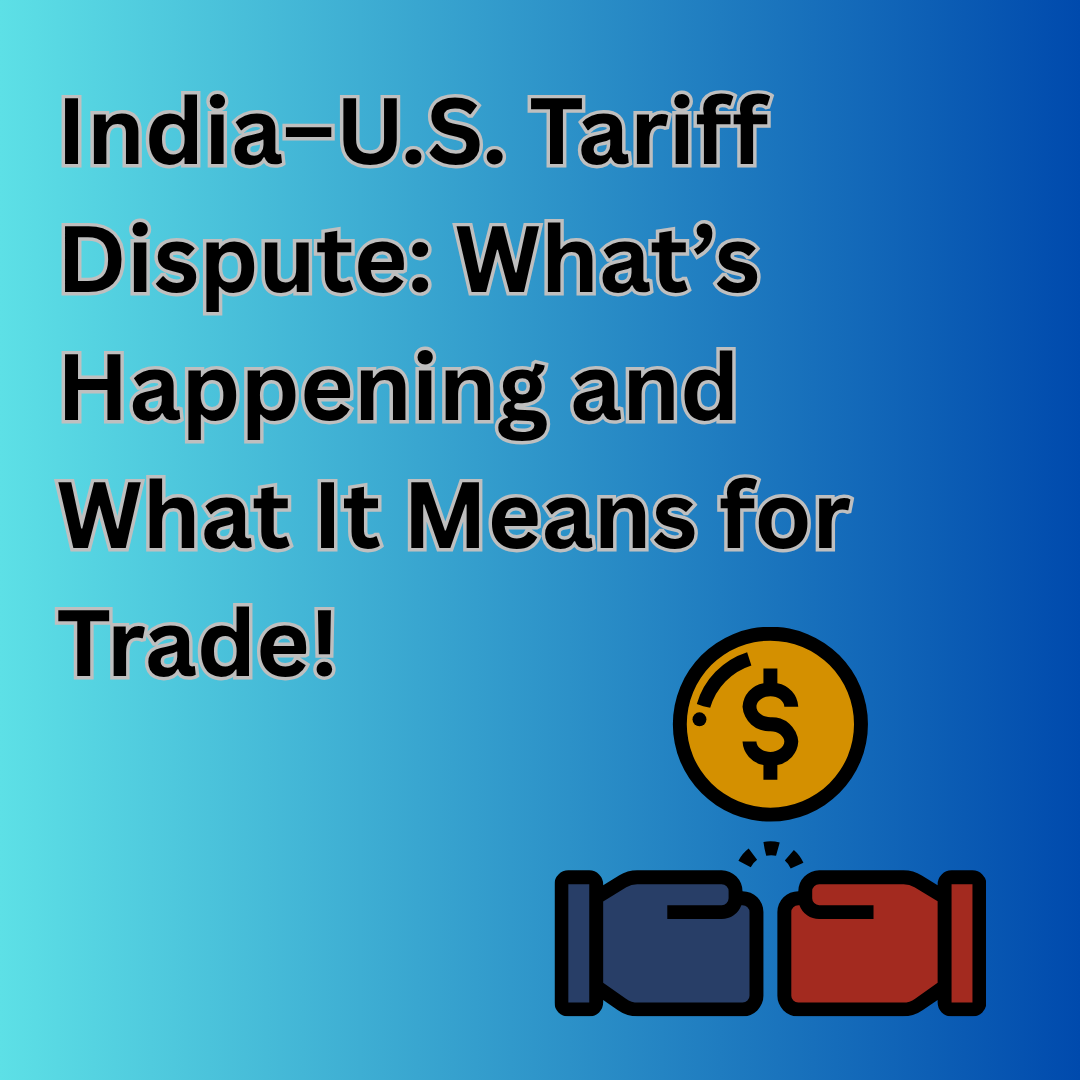- SENSEX 81463.09 -721.08 (-0.89%)
- NIFTY 50 24837 -225.1 (-0.91%)
- GOLD 97806 -920 (-0.94%)
- SILVER 113130 78 (0.07%)
- NASDAQ 21108.32 50.36 (0.24%)
- FTSE 9120.31 -18.06 (-0.2%)
- Nikkei 41456.23 -370.11 (-0.89%)
- Crude 5643 -7 (-0.12%)
- EURO 101.4745 0.02 (0.02%)
- POUND 116.0878 -0.04 (-0.03%)
- SENSEX 81463.09 -721.08 (-0.89%)
- NIFTY 50 24837 -225.1 (-0.91%)
- GOLD 97806 -920 (-0.94%)
- SILVER 113130 78 (0.07%)
- NASDAQ 21108.32 50.36 (0.24%)
- FTSE 9120.31 -18.06 (-0.2%)
- Nikkei 41456.23 -370.11 (-0.89%)
- Crude 5643 -7 (-0.12%)
- EURO 101.4745 0.02 (0.02%)
- POUND 116.0878 -0.04 (-0.03%)

As global trade dynamics shift in 2025, the economic relationship between India and the United States is under new strain—sparked by aggressive tariff policies, unresolved trade issues, and strategic geopolitical interests. With a July deadline looming, all eyes are on both countries to see whether they can strike a new deal or slide into a prolonged trade standoff.
What Triggered the Dispute?
In April 2025, the U.S. administration, under President Trump’s second term, introduced a blanket 10% universal import tariff known as the “Liberation Day” Tariff Policy. On top of this, country-specific surtaxes were applied—India was slapped with an additional 16–17%, making the effective tariff on Indian exports to the U.S. around 26–27%.This sudden spike impacted key Indian exports like:
-
Engineering goods
-
Auto parts
-
Textiles
-
Gems and jewelry
The policy was introduced to reduce the U.S. trade deficit and bring manufacturing back home—but it created friction with several global partners, especially India.
A Pause, Not a Resolution
Shortly after announcing the tariffs, the U.S. administration imposed a 90-day pause on the additional duties (expiring on July 9, 2025). This temporary suspension aimed to give space for negotiation. However, court challenges and appeals created legal uncertainty around whether the tariffs could be fully enforced or reversed.
While the pause bought time, it didn’t resolve the core trade disputes.
Ongoing Negotiations: The Key Issues
1. Tariff Rollbacks
India wants complete or partial rollback of the additional tariffs, especially on non-sensitive exports. In exchange, the U.S. expects India to lower its own duties on certain American goods.
2. Agriculture Market Access
The U.S. is pushing for broader access to India’s agricultural market—including dairy, poultry, wheat, corn, and soy—some of which include genetically modified (GM) crops. India has long resisted GM products due to environmental and health concerns, and also aims to protect its vast population of small farmers.This remains the biggest sticking point.
3. Energy & Industrial Products
Both countries are exploring agreements around energy exports (like natural gas) and access to markets for medical devices, industrial goods, and defense equipment.
The July 9 Deadline
-
Negotiators are rushing to finalize an interim trade agreement before the July 9 deadline, when the tariff pause expires. The deal might include:
-
Reducing U.S. tariffs on Indian goods
-
India granting access to certain U.S. farm and energy products
-
Mutual assurances to avoid future tariff surprises
-
However, India is demanding a clear guarantee that no new tariffs will be imposed after the deal, to avoid uncertainty and protect long-term interests.
Political Considerations on Both Sides
For the U.S.:
-
Reducing its trade deficit is a central political agenda
-
Securing better terms for American farmers is a key goal
-
The Trump administration is looking to replicate its trade deal success with Vietnam and other Asian nations
For India:
-
Protecting domestic farmers is politically sensitive, especially after recent farmer protests
-
India wants to ensure it is not treated unfairly compared to other partners
-
The upcoming 2026 general elections add pressure to avoid unpopular trade concessions
Impact on Economy & Markets
-
The Indian stock market has been under pressure due to concerns about foreign investment outflows and increased trade barriers
-
Export sectors are anxious about the potential increase in costs and reduced competitiveness in the U.S. market
-
Businesses on both sides are lobbying hard for clarity and predictability in policy
What’s Next?
-
While both nations appear close to a deal, the outcome depends heavily on resolving the agricultural issue. If no agreement is reached by July 9, India may face the full force of U.S. tariffs, which could impact billions in exports.
-
At the same time, if a well-balanced deal is struck, it could:
-
Strengthen strategic ties
-
Boost mutual trade volumes
-
Pave the way for a comprehensive Free Trade Agreement (FTA) in the future
Conclusion
The India–U.S. tariff negotiations reflect the complexities of balancing national interests, global trade dynamics, and domestic politics. As the deadline nears, what’s decided in Washington and New Delhi won’t just shape bilateral trade—it will influence the economic direction of two of the world’s largest democracies.
Keep watching this space—because this isn’t just about tariffs. It’s about the future of global economic power.






